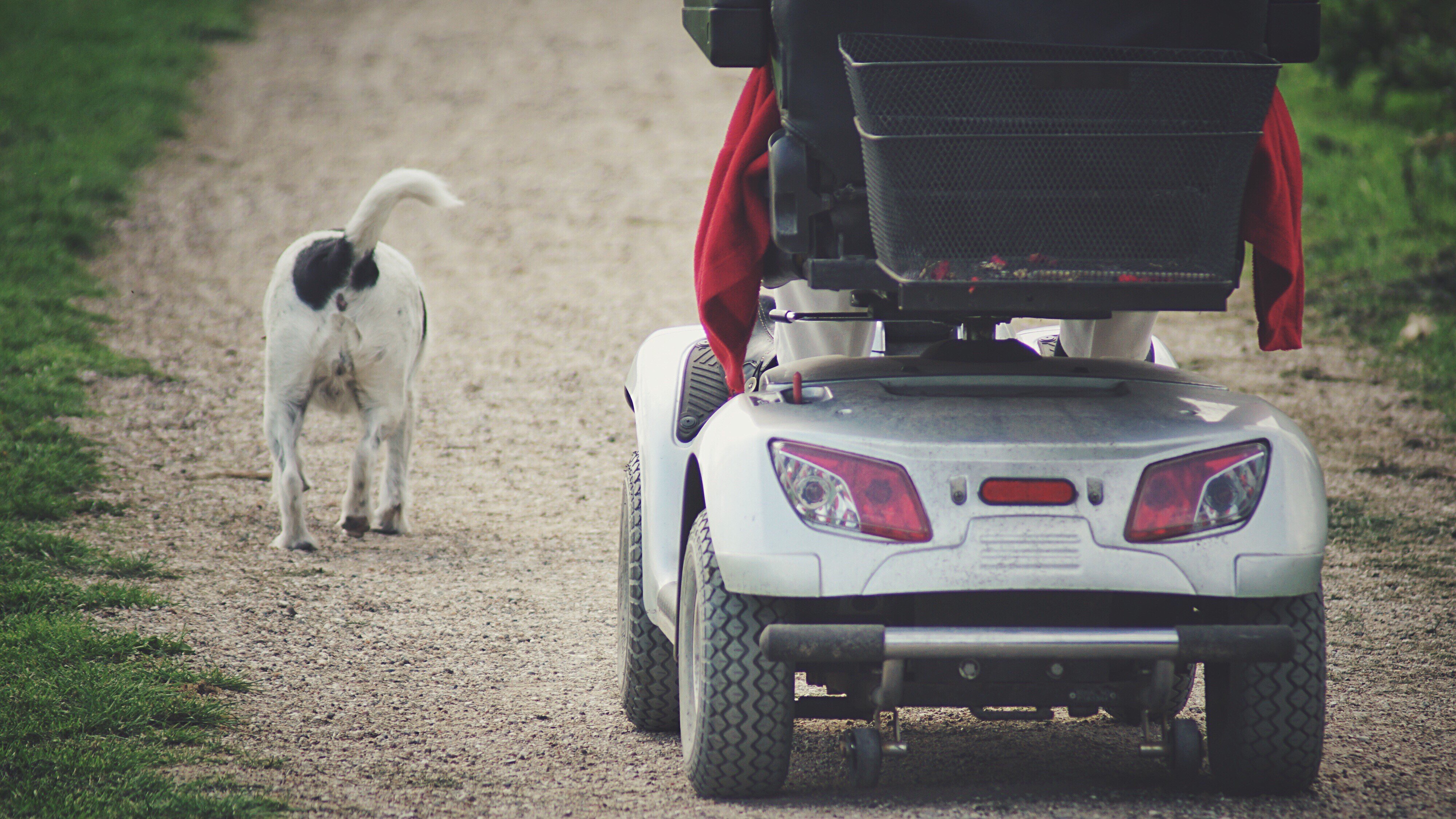
Navigating the World of Mobility Scooters: A Comprehensive Guide
In an era where mobility is progressively recognized as an essential element of quality of life, the need for assistive devices has actually surged. Among these, mobility scooters stick out as a versatile and empowering option for people with mobility difficulties. This detailed guide explores the world of mobility scooters, using insights into their types, benefits, purchasing considerations, and upkeep tips.
Comprehending Mobility Scooters
Mobility scooters are motorized cars designed to assist individuals with mobility issues in moving around more easily and separately. They are particularly beneficial for those who find strolling difficult due to conditions such as arthritis, multiple sclerosis, or post-surgical recovery. Unlike manual wheelchairs, mobility scooters need minimal physical effort, making them an excellent option for extended use.
Types of Mobility Scooters
Three-Wheel Scooters
- Pros: More maneuverable, lighter, and much easier to store.
- Cons: Less steady on rough terrain.
- Best For: Indoor and smooth outdoor surface areas.
Four-Wheel Scooters
- Pros: More steady, much better on rough surface, and can bring much heavier loads.
- Cons: Bulkier and less maneuverable.
- Best For: Outdoor use, specifically in parks and on uneven surface areas.
Portable Scooters
- Pros: Lightweight, foldable, and simple to transport.
- Cons: Limited variety and speed.
- Best For: Travel and periodic usage.
Durable Scooters
- Pros: Built to handle heavier users and rugged environments.
- Cons: More pricey and less portable.
- Best For: Users over 300 pounds or those who require to navigate rough terrain.
Standing Scooters
- Pros: Provide a standing position, which can be beneficial for users who can not sit for extended periods.
- Cons: Limited stability and range.
- Best For: Users who prefer standing and need short-distance assistance.
Advantages of Mobility Scooters
Improved Independence
- Mobility scooters allow users to travel longer distances without fatigue, allowing them to take part more totally in day-to-day activities and social occasions.
Improved Safety
- With functions like safety belt, anti-tip wheels, and brake systems, mobility scooters use a much safer option to manual wheelchairs and strolling aids.
Comfort and Support
- Adjustable seats, backrests, and armrests ensure a comfortable ride, reducing the strain on the user's body.
Cost-efficient
- While the initial financial investment can be substantial, mobility scooters are frequently more affordable in the long run compared to frequent taxi trips or specialized transport services.
Social Inclusion
- Mobility scooters facilitate greater social interaction by making it possible for users to engage in neighborhood activities and preserve a more active way of life.
Factors to Consider When Buying a Mobility Scooter
User Needs and Abilities
- Evaluate the user's physical condition, mobility requirements, and day-to-day activities to determine the most appropriate kind of scooter.
Size and Weight Capacity
- Ensure the scooter can accommodate the user's size and weight comfortably and securely.
Variety and Speed
- Consider the typical range and speed needed for daily usage. Some scooters have a series of approximately 30 miles on a single charge.
Mobility
- If travel is a top priority, choose a portable scooter that can be easily disassembled and carried.
Upkeep and Support
- Choose a trustworthy producer that uses trustworthy customer support and maintenance support.
Spending plan
- Set a budget plan and explore options that use the best value for money. Think about financing choices and prospective insurance protection.
Maintenance Tips for Mobility Scooters
Routine Cleaning
- Clean the scooter routinely to avoid dirt and debris from impacting its performance. Utilize a soft fabric and moderate cleaning agent.
Battery Maintenance
- Follow the producer's standards for battery charging and maintenance. Routinely check the battery level and avoid deep discharges.
Tire Inspection
- Examine the tires for wear and correct inflation. Replace or fix as needed to ensure a smooth and safe trip.
Lubrication
- Lubricate moving parts such as the chain and equipments to reduce friction and prevent wear.
Expert Servicing
- Arrange routine expert servicing to deal with any problems and guarantee the scooter stays in ideal condition.
FAQs About Mobility Scooters
Are Buy Mobility Scooters scooters covered by insurance coverage?
- Some insurance plans, consisting of Medicare, might cover the cost of mobility scooters under specific conditions. Talk to your service provider for specific details.
Can I utilize a mobility scooter inside your home?
- Yes, numerous mobility scooters are created for both indoor and outside usage. Make sure the scooter appropriates for the type of surfaces you will be browsing.
How fast can mobility scooters go?
- The speed differs by model, however many mobility scooters have an optimal speed of 4 to 8 miles per hour.
Do I require a license to run a mobility scooter?
- In the majority of countries, a license is not needed to operate a mobility scooter. However, it is very important to follow local policies and traffic laws.
Can I take a trip with a mobility scooter?
- Numerous mobility scooters are created to be portable and can be dismantled for travel. Inspect with airline companies and transportation companies for particular requirements.
Mobility scooters are a transformative tool for people with mobility difficulties, using a blend of self-reliance, security, and comfort. By comprehending the different types of scooters, considering essential buying elements, and following maintenance best practices, users can make the most of their mobility scooter and lead a more active and satisfying life. Whether for day-to-day commutes or leisurely trips, a well-chosen mobility scooter can be an important companion on the journey to improved mobility and quality of life.








